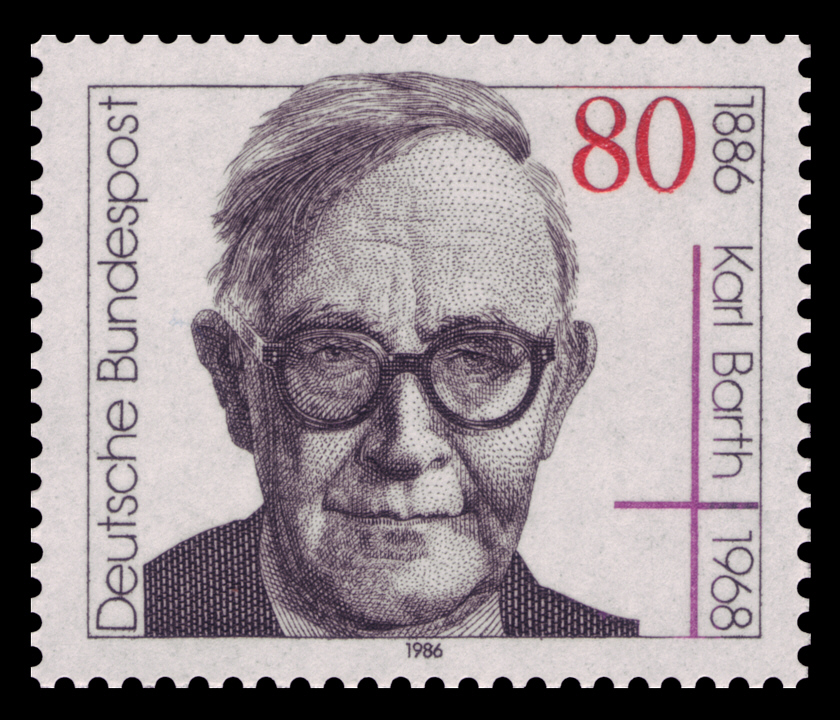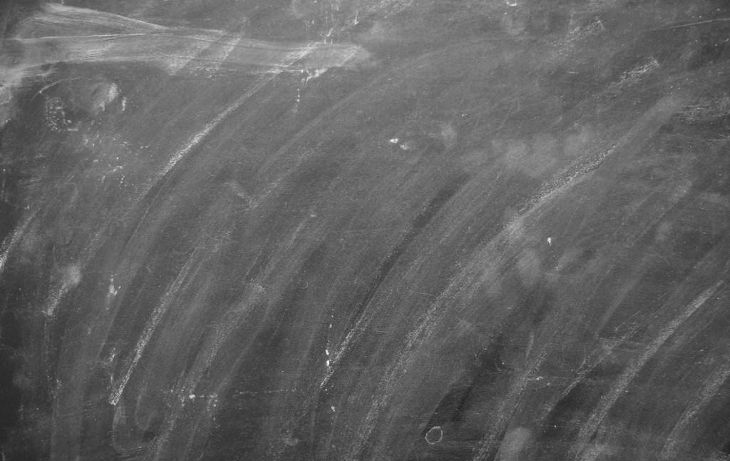Present Perfect: A Mindfulness Approach to Letting Go of

The present perfect is a verb tense which is used to show that an action has taken place once or many times before now. The present perfect is most frequently used to talk about experiences or changes that have taken place, but there are other less common uses as well.

Present Perfect | Definition of Present Perfect by Merriam
presente perfect

The present perfect of any verb is composed of two elements : the appropriate form of the auxiliary verb to have (present tense), plus the past participle of the main verb. The past participle of a regular verb is base+ed, e.g. played, arrived, looked.
Spanish Present Perfect Indicative | SpanishDict

How to form the present perfect

Videos of presente perfect

The present perfect continuous tense (also known as the present perfect progressive tense) shows that something started in the past and is continuing at the present time. The present perfect continuous is formed using the construction has/have been + the present participle (root + -ing). I have been

Difference between Present Perfect and Past Perfect in

Present Perfect: A Mindfulness Approach to Letting Go of Perfectionism and the Need for Control [Pavel G Somov PhD] on Amazon.com. *FREE* shipping on qualifying offers. A revolutionary approach to overcoming perfectionism! A recent, randomized study—published by Mindfulness Journal —shows that Present Perfect is effective as a standalone intervention.

Present Perfect - StudySpanish.com
presente perfect

Given the subject, haber, and the infinitive, provide the correct conjugation of the present perfect for each sentence. Do not include the subject pronoun in your answer. For example: (yo/haber/escribir) …

Present Perfect Simple - English Grammar

The present perfect is a grammatical combination of the present tense and perfect aspect that is used to express a past event that has present consequences. The term is used particularly in the context of English grammar to refer to forms like "I have left".

Present Perfect | English Grammar | EF

The present perfect continuous (also called present perfect progressive) is a verb tense which is used to show that an action started in the past and has continued up to the present moment. The present perfect continuous usually emphasizes duration, or the amount of …

Present Perfect: For and Since - All Things Grammar

Present Perfect Simple, short explanation and exercises. Use of Present Perfect. puts emphasis on the result Example: She has written five letters.. action that is still going on

Present Perfect Practice Quiz | SpanishDict

Present perfect definition is - of, relating to, or constituting a verb tense that is traditionally formed in English with have and a past participle and that expresses an action or state begun in the past and completed at the time of speaking (as in I have finished) or continuing in the present (as in We have lived here for several years).

Present Perfect Continuous Tense | ENGLISH PAGE

Online quiz to test your understanding of the Present Perfect tense in English. This is a free multiple-choice quiz that you can do online or print out. For ESL learners.

Images of Present Perfect

Past Simple or Present Perfect - English Quiz You got: % Correct. Youll Need to Review Keep working on your studies.. Frank and Helena / Cultura / Getty Images Youll need to review the past simple and present perfect carefully. Remember that the present perfect always has some sort of connection with the present, whereas the past simple

Present Perfect Continuous Tense | Grammarly

The present perfect tense refers to an action or state that either occurred at an indefinite time in the past (e.g., we have talked before) or began in the past and continued to the present time (e.g., he has grown impatient over the last hour). This tense is formed by have/has + the past participle

Present perfect - Wikipedia
presente perfect

The Spanish present perfect (el pretérito perfecto compuesto o el antepresente) is used to talk about things that started in the past and which continue or repeat in the present.Its also used to talk about things that have happened in the recent past.

Present perfect | LearnEnglish - British Council
presente perfect
El presente perfecto equivale más o menos al pretérito perfecto del español. Veremos las diferencias en la sección sobre usos. En general, es una mezcla entre el presente y el pasado. Lo usamos para acciones en el pasado que tienen importancia en el presente. …